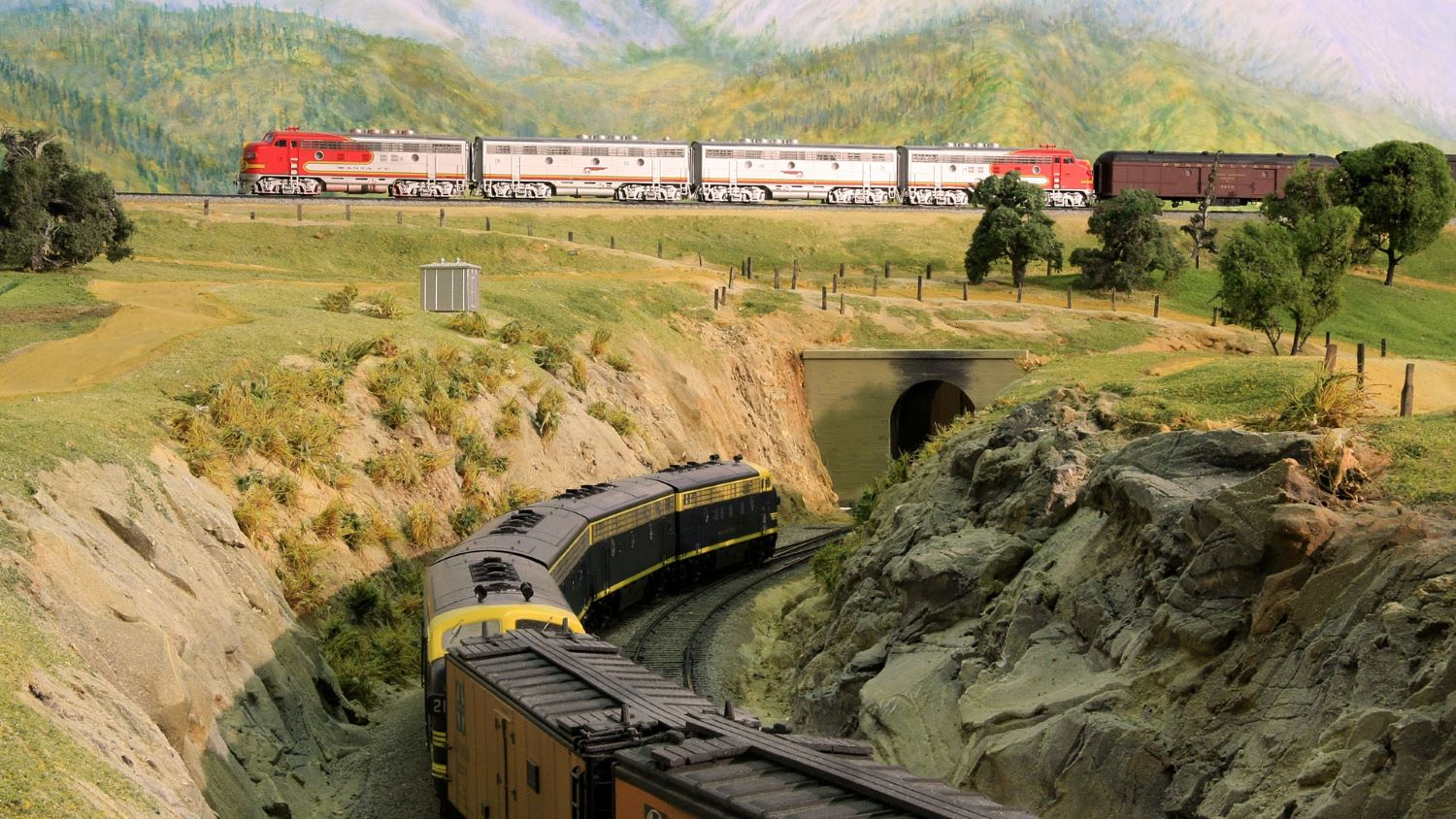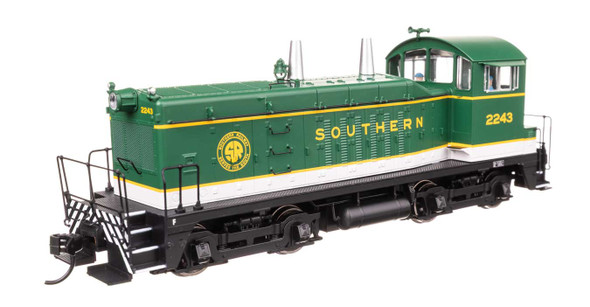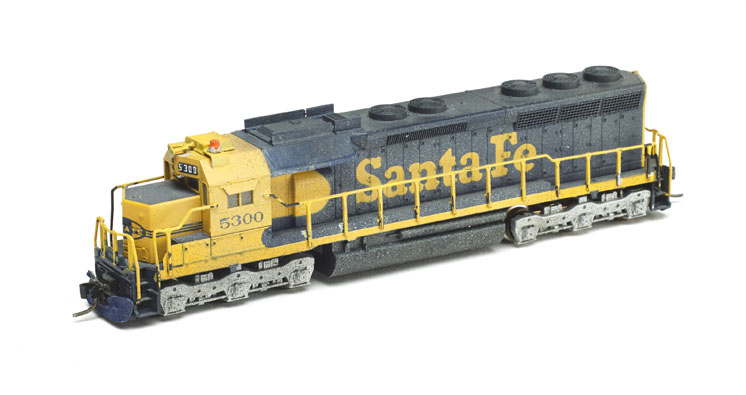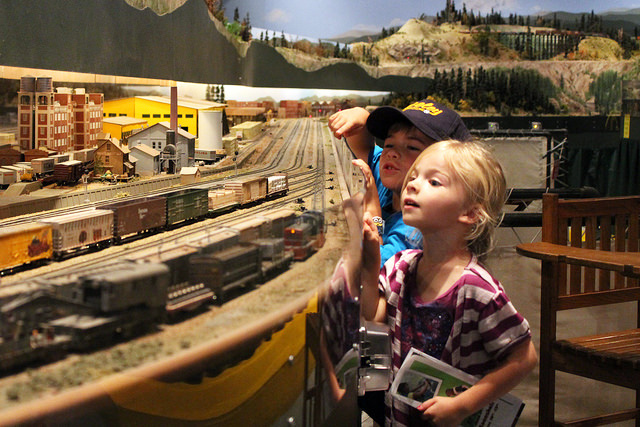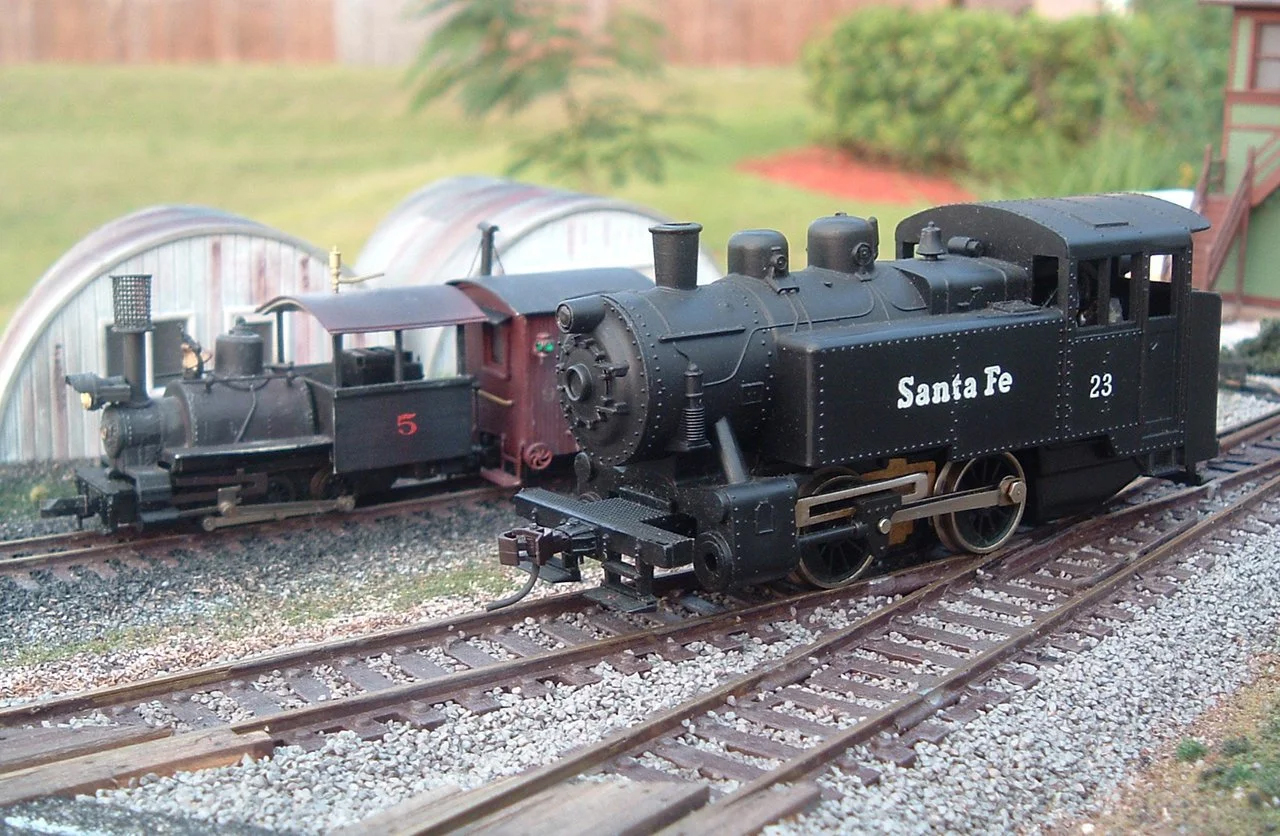Model trains are more than toys—they’re working miniatures that blend craft, engineering, and imagination. But before you build tunnels, paint scenery, or run your first locomotive, you’ll need to choose a scale. Model train scales shape how much detail you can fit, how big your layout can grow, and how much room you’ll need at home.
Let’s break down the most popular commercial scales in North America, why they matter, and how they help you create a railroad that feels just right.
What Exactly Is a Model Train Scale?
In simple words, a scale is a ratio. It shows how big or small your model is compared to the real thing. For example, if your train is in O scale (1:48), that means every inch on your model equals 48 inches on the real train. So, a tiny 2-inch figure would represent an 8-foot-tall person in life.
Modelers often use special rulers marked with scale measurements. These rulers help builders cut tracks, buildings, and scenery that look right next to their trains.
While some builders create custom scales for unique projects, most stick with commercial scales. The National Model Railroad Association (NMRA) sets standards to make sure engines, cars, and tracks from different brands work well together.
The Big Four: HO, N, O, and G Scales
HO Scale: The King of Model Railroading
HO scale is the most popular in the U.S. and Canada. At 1:87.1, it’s small enough to build long, realistic trains but big enough for amazing detail. Many beginners start with HO because it’s easy to find engines, rolling stock, buildings, and scenery.
A simple HO setup often begins with a sheet of plywood, a few loops of track, and an engine. From there, modelers add tunnels, towns, and bridges until they have a living railroad scene.
N Scale: Small Size, Big Dreams
N scale is the second favorite in North America. At 1:160, it’s about half the size of HO. This tiny size lets you build detailed layouts in tight spaces—like an apartment or a single room. Many hobbyists choose N scale when they want more track, more scenery, and longer trains without needing a huge basement.
With the right plan, you can turn a garage or attic into a full N scale empire, packed with realistic hills, towns, and rail yards.
O Scale: Classic and Grand
O scale has a ratio of 1:48. It’s larger, so it needs more space, but the payoff is big, beautiful models that are easy to handle and fun to run. Lionel, one of the oldest train makers, made O scale famous in the early 1900s. Many O gauge trains are toys that run on O gauge track, but true scale modelers build stunning, lifelike railroads in this size.
Modelers with plenty of space sometimes go with narrow-gauge versions like On3 or On30, which use HO gauge track but carry O scale trains, to model historic logging railroads and old mining lines.
G Scale: For the Great Outdoors
G scale is larger than O and is usually used outdoors as “garden railroads.” Common G scale ratios include 1:22.5, 1:24, or 1:32. Fans build these trains to run through flower beds, across ponds, and around patios. Germany’s LGB trains are well-known for their tough G scale engines that survive rain, sun, and curious pets.
In some parks, you’ll find ride-on trains even bigger than G scale. These are measured by the width between the rails, not the scale of the train.
Other Scales Worth Knowing
- S Scale (1:64): Not as common, but beloved by fans who want something bigger than HO but smaller than O. Many find S scale models just the right size—sturdy and nicely detailed, but still easy to fit on a modest layout.
- Z Scale (1:220): The smallest commercial scale around. Z scale trains can fit in a suitcase, briefcase, or coffee table. Some builders wow crowds at shows by running tiny Z layouts inside glass cases or vintage luggage.
- T Gauge: Even tinier than Z. For the brave and patient only!
Scale vs. Gauge: Know the Difference
“Scale” is about the size of your train compared to the real thing. “Gauge” is about the distance between the rails on the track. O gauge refers to the 1.26-inch track spacing, but not all O gauge trains are true O scale. Some toy trains run on O gauge track but don’t stick to the scale ratio perfectly.
Mixing and Matching: Does It Matter?
Ideally, everything on your layout matches your chosen scale. But perfect matches aren’t always possible. Many modelers borrow pieces from military or dollhouse hobbies—like 1:16 tanks or 1:12 furniture—to fill out scenes. If it looks right next to your trains, it’s good enough. If it stands out in a bad way, leave it out.
Some countries have different standards, too. In the UK, for example, OO scale (1:76.2) is common instead of HO for historical reasons.
Choosing What’s Right for You
There’s no perfect scale for everyone. Think about:
- How much space you have.
- Whether you want to run long trains through sweeping scenery or focus on tiny switching layouts.
- Your budget.
- How much time you want to spend on detail.
Talk to local hobby shop owners or join a club. Visit train shows and see layouts in action. If you change your mind later, that’s fine—many modelers switch scales at some point.
Ready to Get Started?
When you find your scale, you find your style. Whether it’s HO, N, O, G, or something smaller, every scale opens a different door to creativity and fun.
Want more help picking the right one? Check out “Choosing a Modeling Scale” and “Getting Started in Model Railroading: The Beginner’s Guide” to keep your dream on track.
Happy railroading—and may your next train always run on time!

